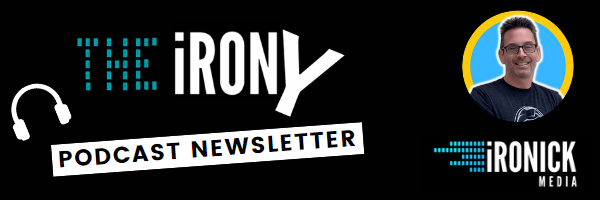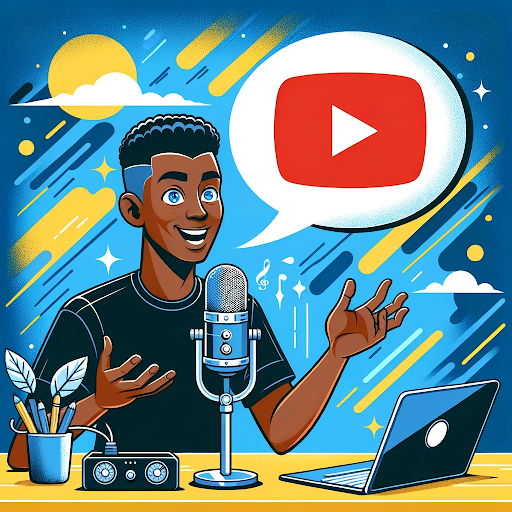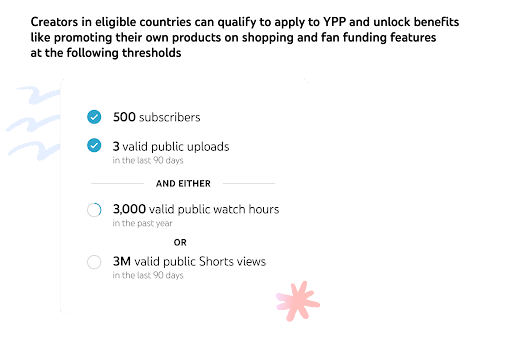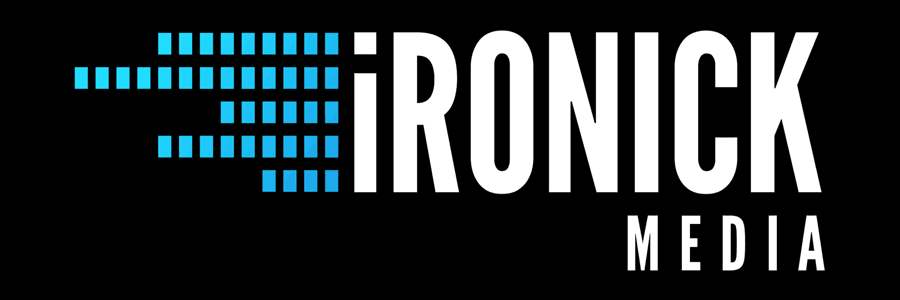
01 Nov 📽️YouTube for Podcasters

👋Hey there Podcaster!
Things are brewing in the Empowered Podcasting Clubhouse, we are starting to plan ahead for a Spring 2024 podcasting/content creator meetup in person. As the details come together, I would love to send you an invite as well!
📽️YouTube for Podcasters

A few months back, YouTube created a podcast section of their flagship video app (www.youtube.com/podcasts) and on their music app (https://music.youtube.com/podcasts). The music app does include video, but the appearance of the content is more akin to a podcast app.
How to Put Your Podcast on YouTube
YouTube has now released the RSS feed feature to automatically upload your podcast, similarly to how it works with Apple Podcasts. If the episode or feed doesn’t contain video, it’ll use the thumbnail attached to the RSS as a static image with audio waveforms. This process involves an extra step of verification and is detailed here.
Why put your podcast on YouTube?
There are several reasons a podcaster may want to put their podcast on YouTube:
- Reach a new audience. In a recent study…
- 60% of consumers use the YouTube video app for consuming podcasts.
- A lot of new podcast consumers have come on board since 2020 (I wonder why 🙂), but they haven’t stopped listening/watching.
- 52% of consumers find new podcasts through YouTube.
- It’s a free app that consumers already use for other things like learning and entertainment, which podcast content also contains.
- Increase data analytics of your audience through YouTube Studio.
- More monetization opportunities (discussed below).
Monetization on YouTube

Monetization requirements for the YouTube Partner Program shown in the image above decreased this past summer to include a lower tier reduced from 1,000 subscribers to 500 subscribers. They also lowered the requirement for watch time from 4,000 hours to 3,000 hours for longform videos and from 10 million views to 3 million views for shorts videos. This new lower tier allows access to apply to the YouTube Partner Program (YPP) and allows paid tips on chats and promotion of your products. The next tier follows the original requirements (1k subscribers, 4k hours longform, or 10M shorts views) gets you access to revenue sharing through ads.
What’s the Catch?
There is a catch. YouTube may not allow advertisements from your podcast to be posted. The paid sponsorship must be identified and verified that it follows YouTube’s/Google’s policies and wouldn’t be allowed on YouTube Kids app even if the podcast is made for kids.
You are also competing with all YouTube content, not just other podcasts. This includes the highly popular 60 second or less shorts videos. However, it’s important to highlight that 40% of consumers found a new podcast through shorts.
Your Video Strategy
I know that audio-only podcasts will always have a place, it’s not required to use video (even on YouTube) to be successful.
If you aren’t already incorporating video, it can be daunting to think about incorporating a video strategy. However, if you’d like to experiment with video, here are some options in order of highest engagement to least:
- Speaker/s talking head video
- Stock footage that is relatable to the episode
- Cartoon video
- Slideshow presentation that scrolls through images
- Infographics if they are relevant to the episode
- Animated text elements of key quotes or subjects
- Moving elements on a static image
- Static image
You could highlight a podcast review displayed on your video. You can share your episode video clips on YouTube shorts as well. (YouTube Shorts now let’s you link to your podcast episodes).
🪄How Canva Empowers Content Creators

Canva has emerged as a go-to resource for content creators like podcasters who aim to engage their audience through visually captivating materials, even in the realm of audio-only podcasts. This user-friendly platform provides an extensive library of templates, stock footage, and design elements that make it easier than ever to create video content without the need for specialized video recording equipment. From branded static images and animated text overlays to customizable slide show presentations, Canva’s plethora of design options enables podcasters to add a visual layer to their audio content.
Not only does Canva offer a wide variety of design options, but it’s intuitive interface also makes it accessible for creators who may not have a background in graphic design or video editing. Whether you’re looking to animate lines of your interview, create visual quotes that resonate with your audience, or even assemble collages of inspirational artwork, Canva’s drag-and-drop features simplify the entire process. This way, you can focus on delivering value to your audience—whether it’s through creative short form videos or providing full length podcast episodes—while still offering an engaging visual experience.
Recently, Canva has unveiled its Magic Studio AI features (https://www.canva.com/magic/). We have been discussing these new graphic AI tools in the NextGen Podcaster community. Come join us!
These Magic Tools are designed to make content creation more accessible to everyone, regardless of their design experience. Here’s what you need to know:
What is Magic Studio?
Described by Canva as “the world’s most comprehensive AI-design platform,” Magic Studio aims to automate labor-intensive tasks like converting designs into other media formats or editing images through generative AI. It’s a game-changer for both organizations and individual users.
Key Features
- **Magic Switch**: This feature allows users to instantly transform an existing design into another format. For example, you can convert a blog into an email or social media post without manually changing the layout or updating the text. It can also automatically translate your designs into over 100 languages.
- **Magic Media**: Previously known as text-to-image, this tool now has a text-to-video capability. Powered by Runway AI, it can generate short videos from text-based prompts or existing images.
- **Magic Grab and Magic Expand**: These are new photo editing tools. Magic Grab allows you to select and automatically separate any subject in an image for editing, repositioning, or resizing. Magic Expand, on the other hand, can expand an image outside of its frame.
- **Magic Write, Magic Edit, Magic Eraser, and More**: These features help you write captions, edit images, and remove unwanted elements, among other tasks. They are all housed together in the Magic Studio for streamlined access.
Availability
Canva customers can access the AI app marketplace with a freemium account, but there are limitations on which Magic Studio apps are available. Paid subscribers who have Canva Pro and Canva for Teams have unlimited access to Magic Studio features.
Final Thoughts
With these new tools, Canva is shaping up to be a serious rival to companies like Adobe. It currently has 16 million paying subscribers and over 150 million global users. If you’re in the design space, these new features are worth exploring to streamline—or even automate—your projects.
I’m so grateful to be connected with you and a part of your podcast journey.
All My Best,

👋Marc Ronick
This content was composed with assistance from OpenAI
